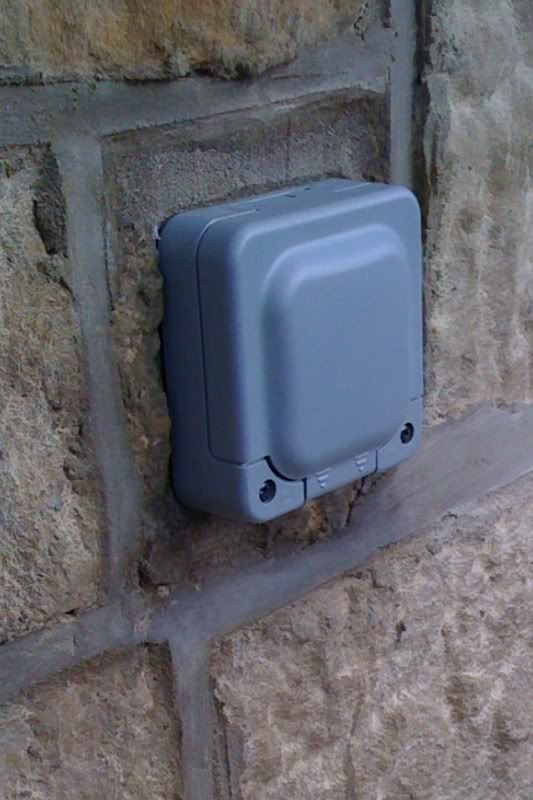Before I make a Tit of myself with the electrician, Is there such a thing as a flush (or nearly flush) IP rated outdoor socket? Or can an outdoor socket be made to sit nearly flush in a new wall?
SWMBO is adamant that she wants an outside socket on a covered porch but the sockets are fugly !
Thanks
SWMBO is adamant that she wants an outside socket on a covered porch but the sockets are fugly !
Thanks





